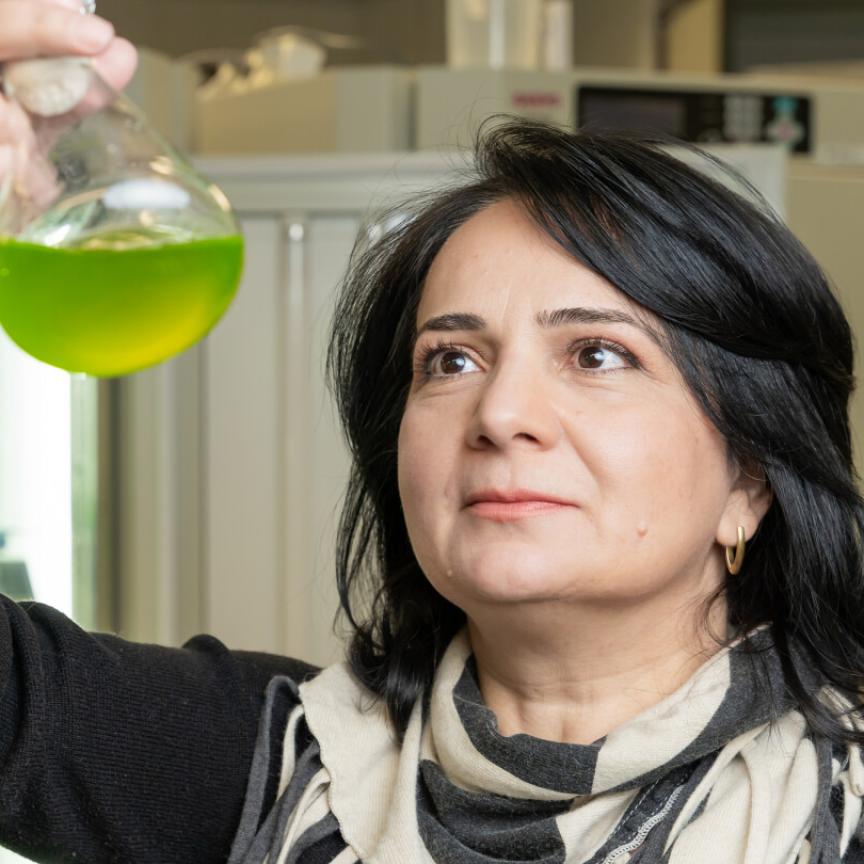Researchers from the University of Texas (UT) at Austin have created a new class of materials that can absorb low-energy light and transform it into higher-energy light, which could enhance solar panels, medical imaging technology, and night vision goggles.
Detailed in Nature Chemistry, the new material is made of ultra-small silicon nanoparticles and organic molecules related to those used in OLED TVs. Because it efficiently moves electrons between its organic and inorganic components, the researchers say, the material could be used to design more accurate medical imaging technology and better night vision goggles.
They add that the material could also allow solar cells to capture near-infrared light that would normally pass through them, potentially reducing their size by 30% in the future.
“This process gives us a whole new way of designing materials,” said Sean Roberts, an associate professor of chemistry at UT Austin. “It allows us to take two extremely different substances, silicon and organic molecules, and bond them strongly enough to create not just a mixture, but an entirely new hybrid material with properties that are completely distinct from each of the two components."
Composites are made up of two or more components that adopt unique properties when combined. In the case of this material, the combination of inorganic and organic components allow it to turn long-wavelength photons — the type found in red light, which tends to travel well through tissue, fog and liquids — into short-wavelength blue or ultraviolet photons, which are the type that usually make sensors work or produce a range of chemical reactions. According to the researchers, this means the material could be used in technologies such as bioimaging, light-based 3D printing, and light sensors that can be used to help self-driving cars travel through fog.
“This concept may be able to create systems that can see in near-infrared,” Roberts said. “That can be useful for autonomous vehicles, sensors and night vision systems.”


